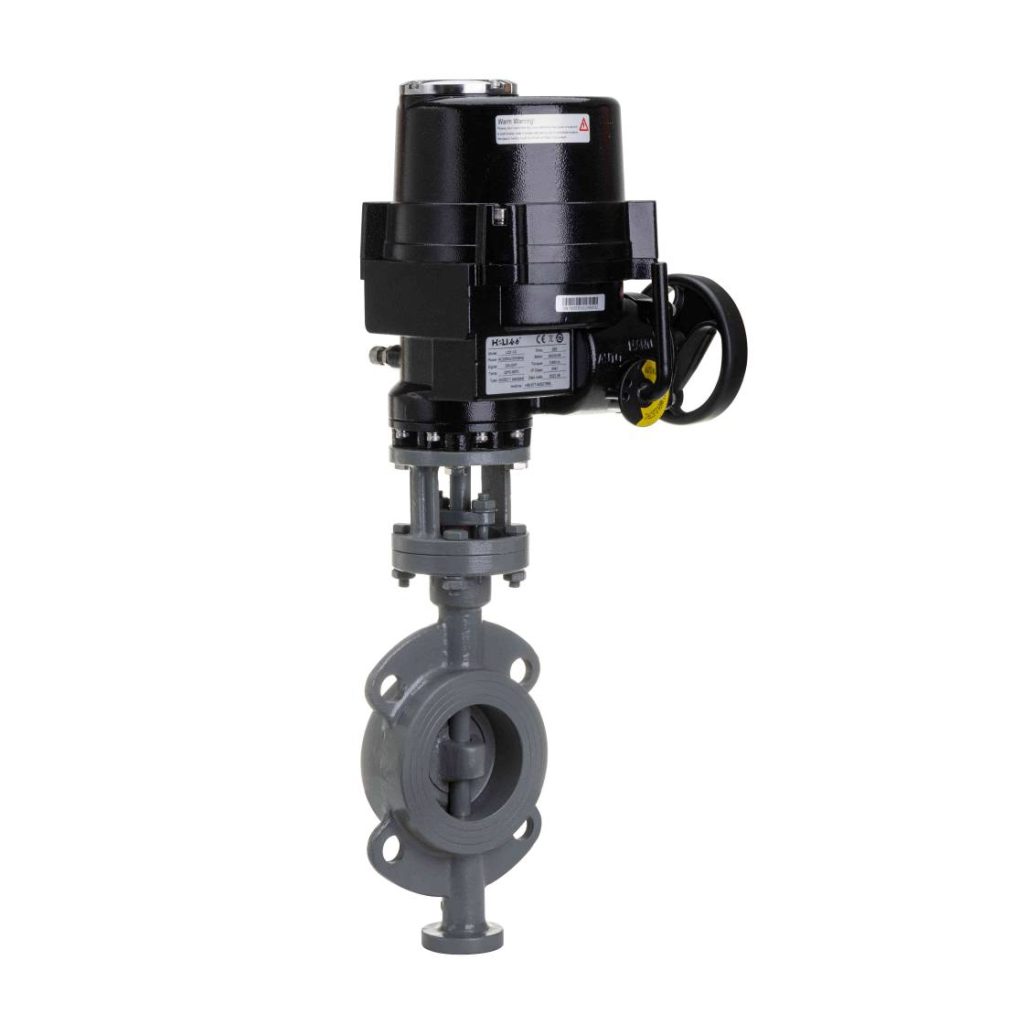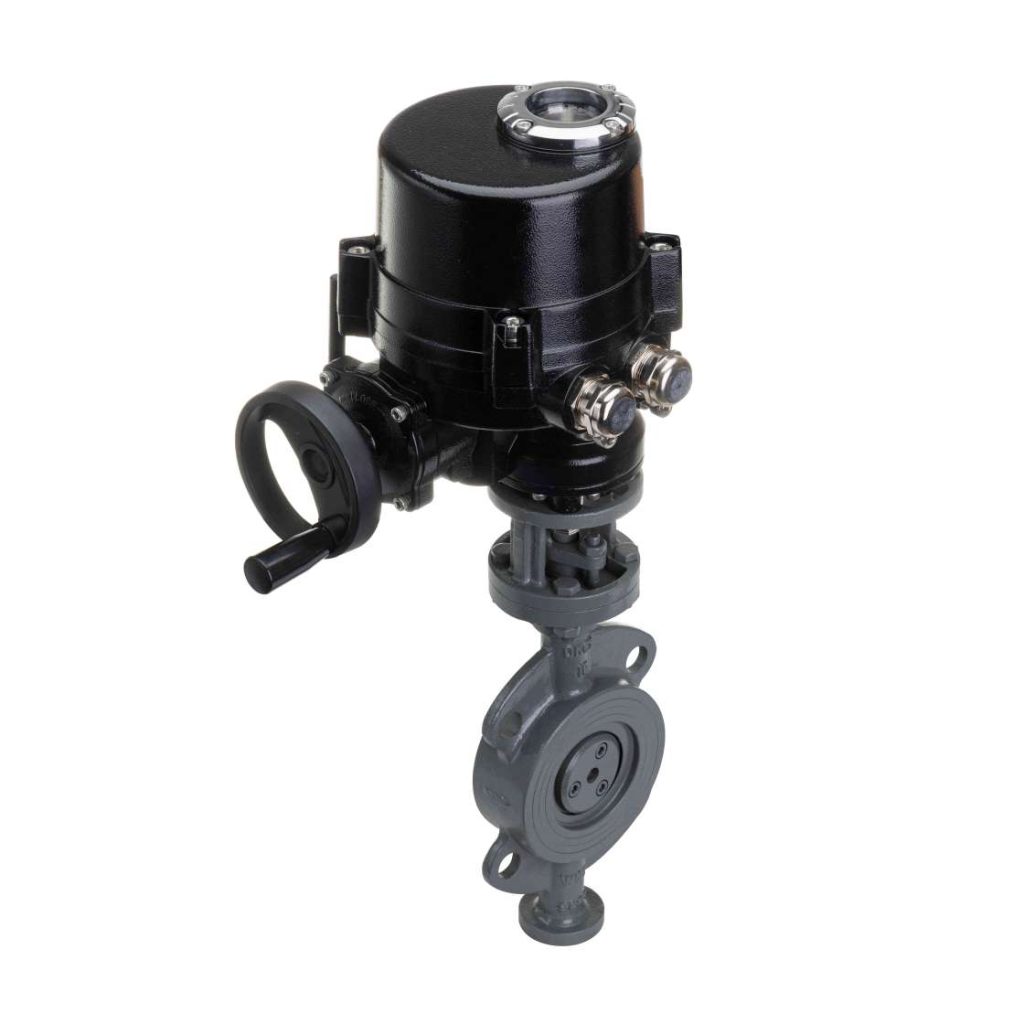The Marine Electric Butterfly Valve is a crucial part of marine engineering, providing efficient and reliable control over fluid and gas flow within various marine systems. Whether it’s controlling the flow of fuel, water, or other fluids, these valves ensure the smooth operation of the ship or offshore platform while withstanding harsh marine conditions. This article delves into the significance of Marine Electric Butterfly Valves, their key features, applications, and the advantages they offer to marine engineers and operators.

1. What is a Marine Electric Butterfly Valve?

A Marine Electric Butterfly Valve is a type of valve that uses an electric actuator to control the position of a circular disc or “butterfly” that regulates the flow of fluid through a pipe. The electric actuator can precisely control the rotation of the valve’s disc, allowing for accurate modulation of fluid flow. This type of valve is commonly used in ships, offshore oil rigs, and other marine applications where reliable, fast, and automated fluid flow control is necessary. Unlike manual valves, which require physical effort to operate, electric butterfly valves offer the advantage of remote operation and integration into automated control systems. These valves can be adjusted from a distance, making them ideal for systems that require frequent adjustments or need to be managed from a central control room.
